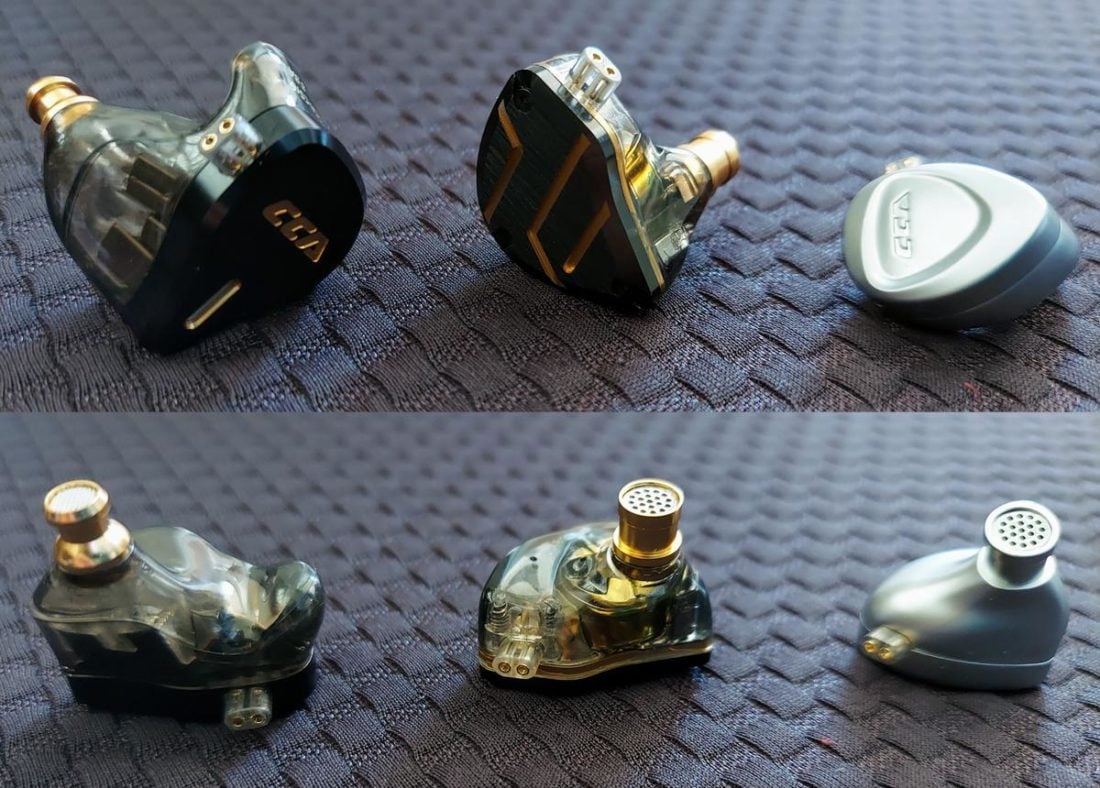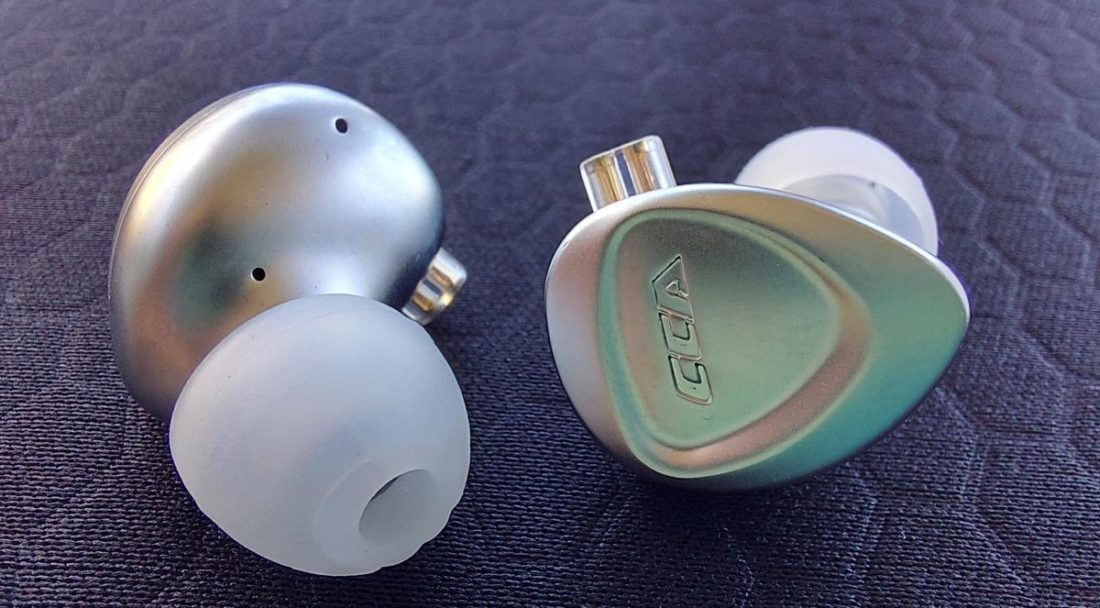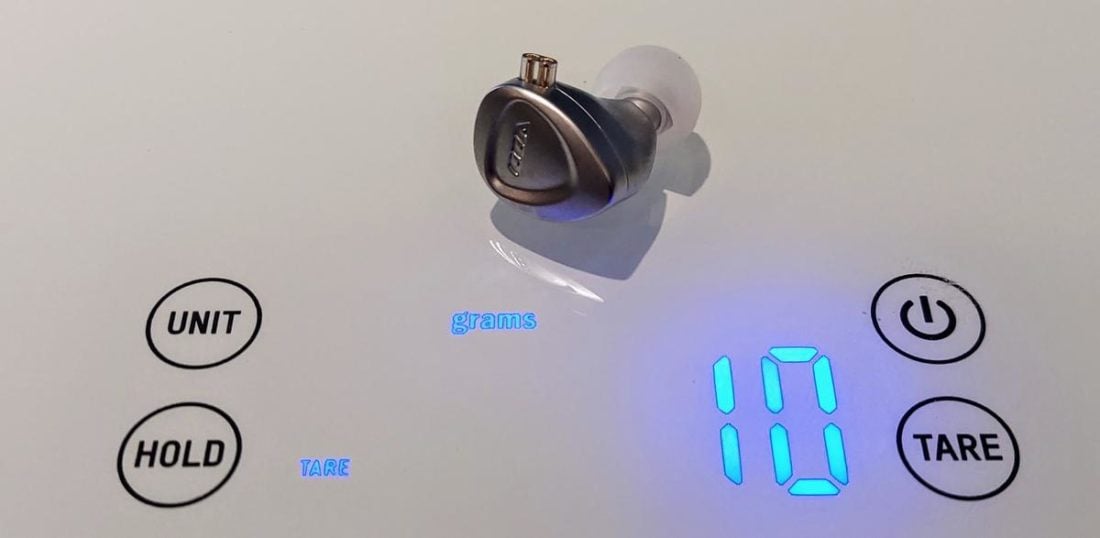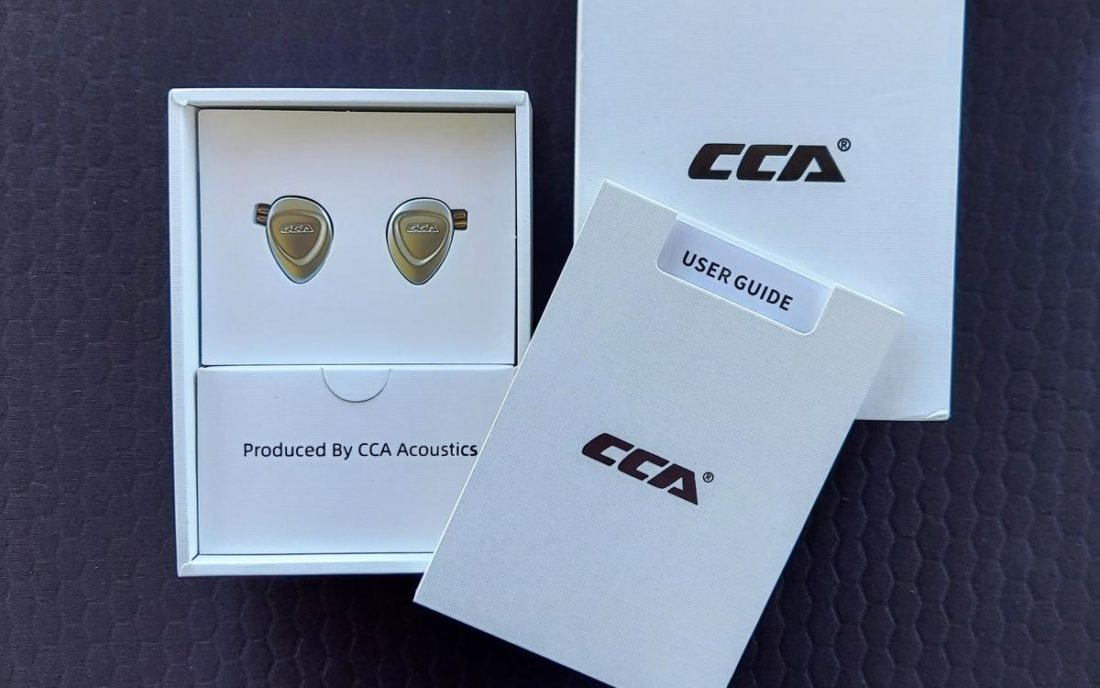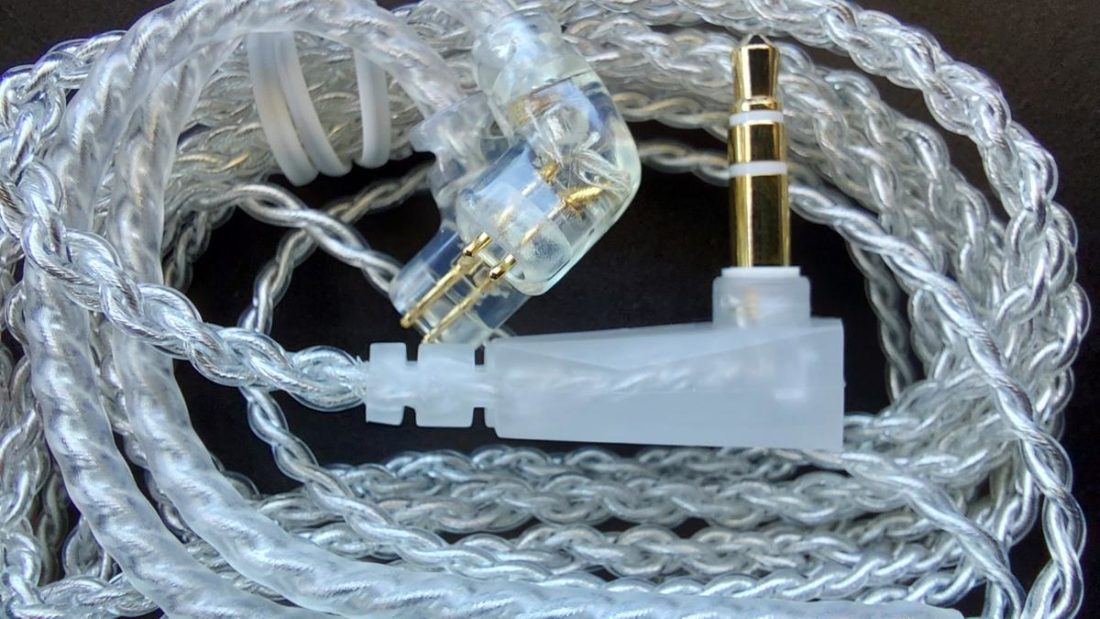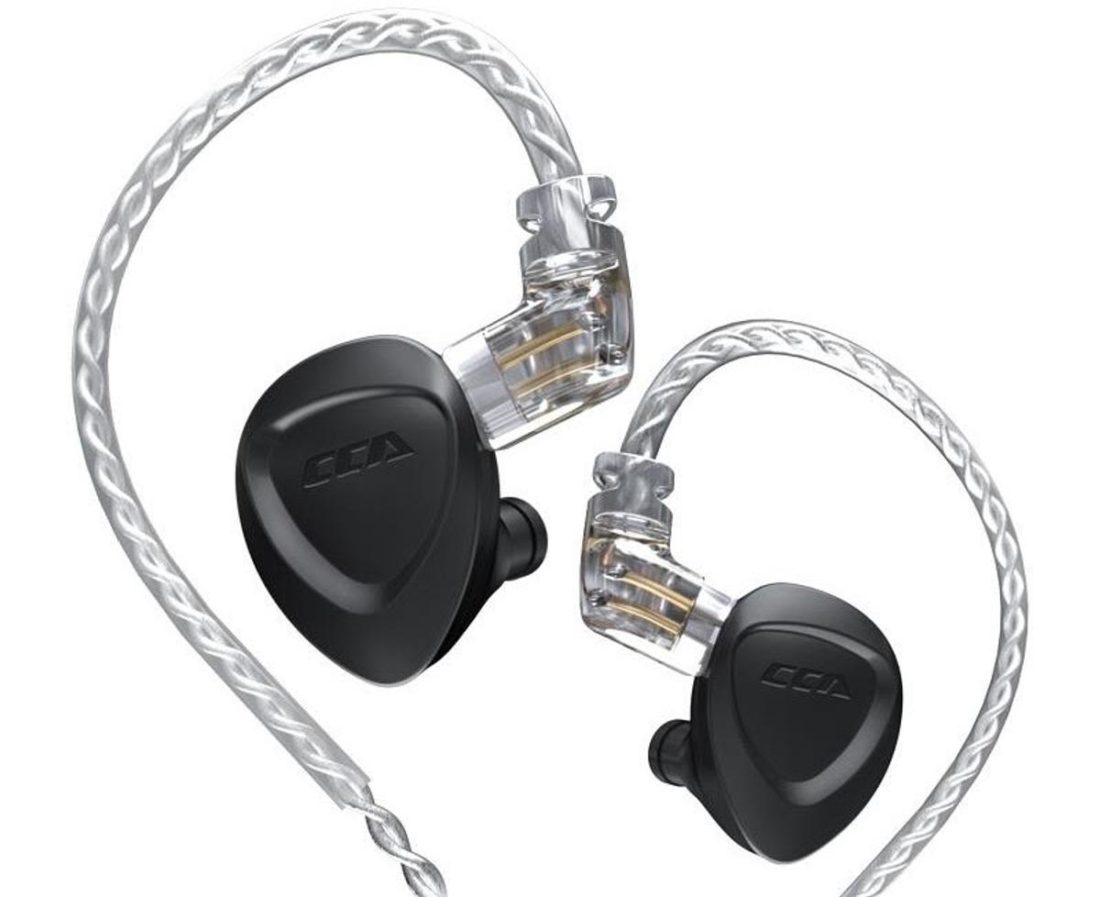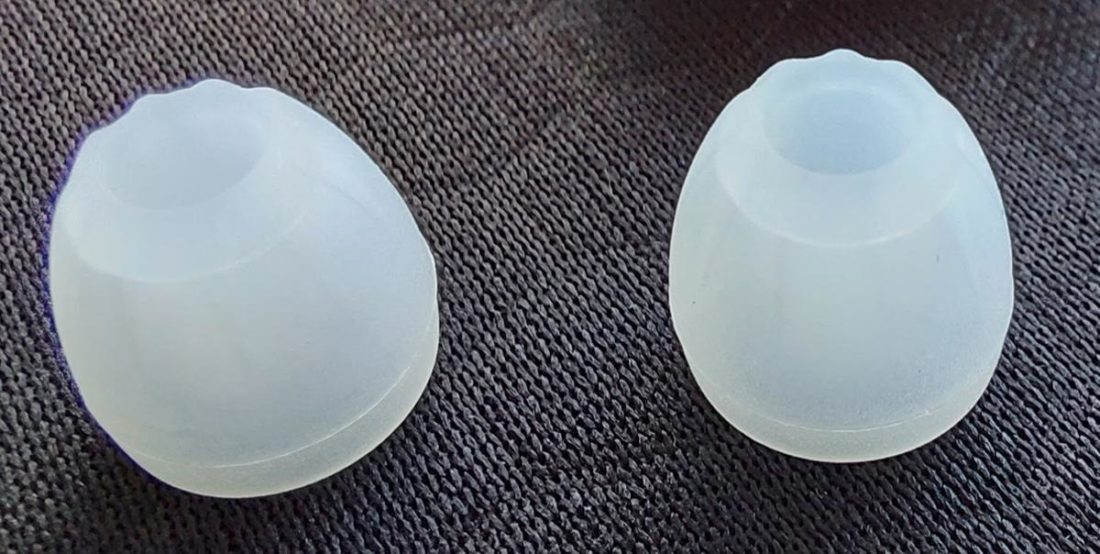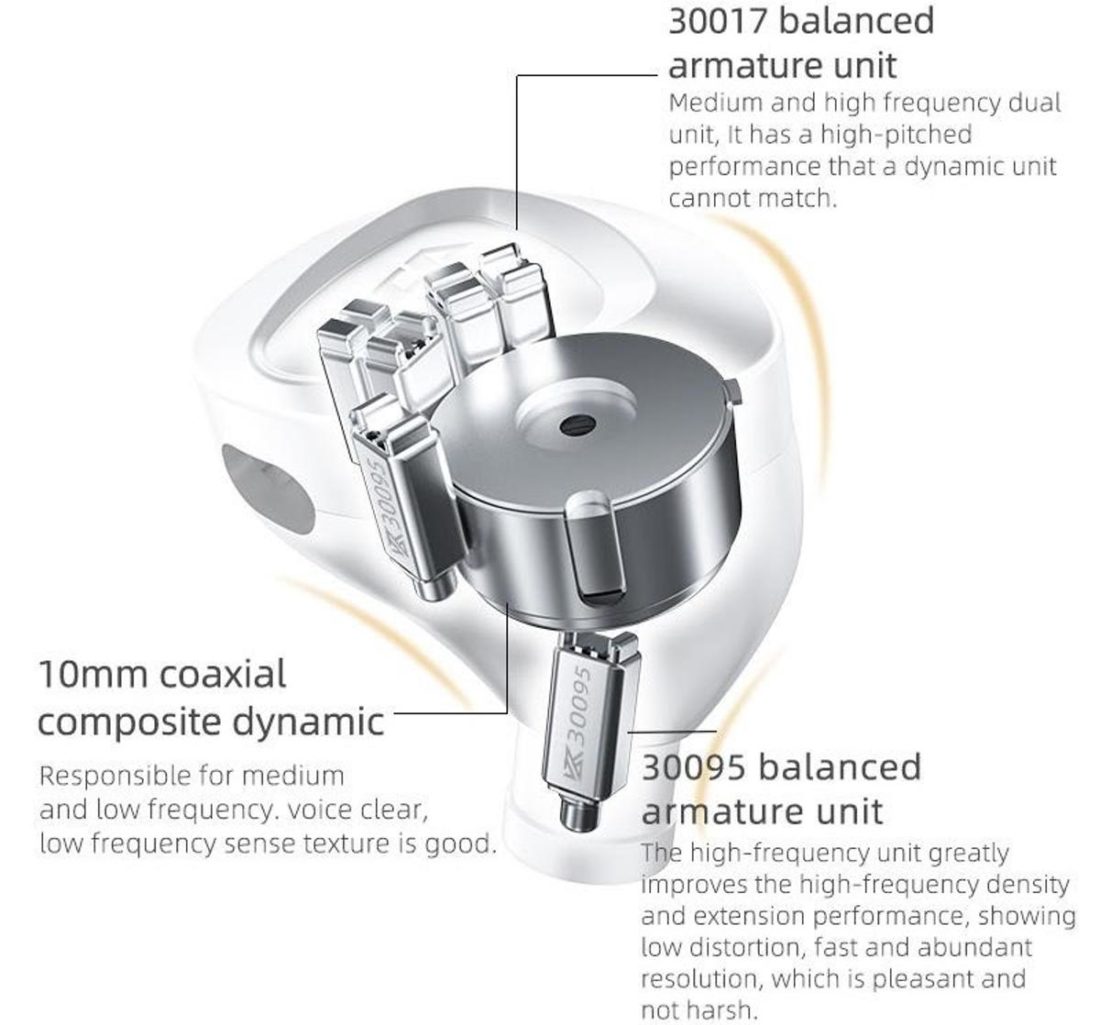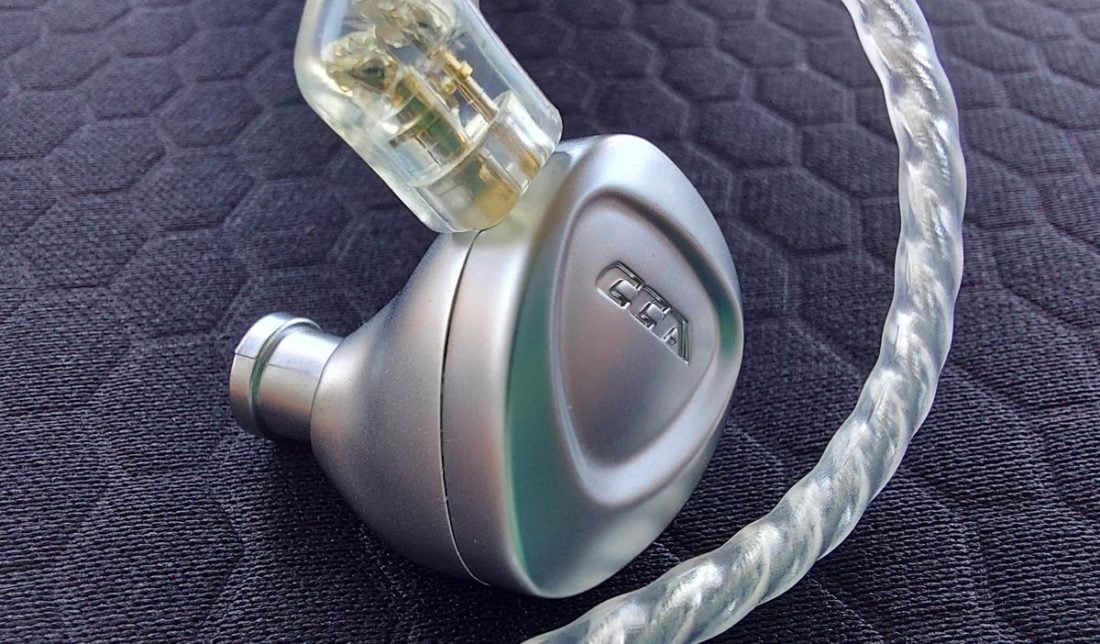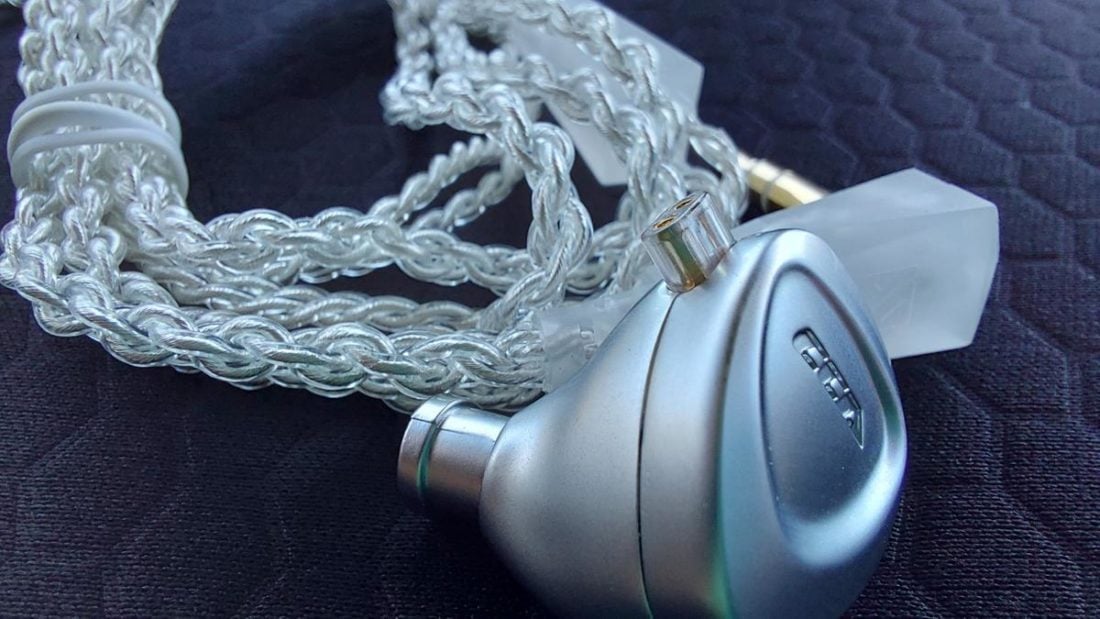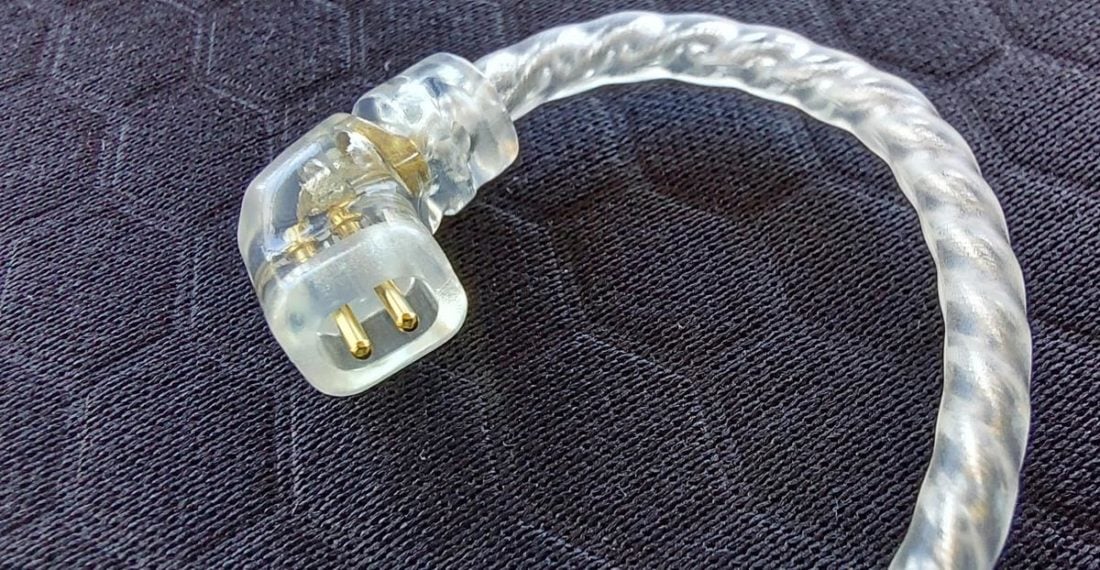First Impressions
Despite having seen pictures of the CKX, including those on the box after they arrived, I surprised myself by laughing out loud (for real) when I opened the box. Normally, that would be a strange and inappropriate response for any adult in this situation, as there is nothing funny about these attractive IEMs (in-ear monitors). Allow me to explain… I reviewed two previous CCA models, first the C10 Pro and then the CS16. Both bodies are molded resin; the C10 are XL, the CS16 are XXL+ in size. Not really knowing anything about the CKX, I anticipated similar enormousness. In fact, the CKX are diametrically the opposite. They are so small, especially in contrast to the others, that they seem appropriately sized for small children.
Company Overview
Since its establishment in 2004, Shenzhen China-based CCA Innovation Technology Limited (Clear Concept Audio) has focused on bringing innovative consumer electronic products to the global market. These fall into three categories: audio, power, and protection. Their products include headphones/earphones, speakers, wireless chargers, and mobile phone cases. CCA operates three ISO 9001 and ISO 14001 certified manufacturing plants with more than 500 employees. Although not formally acknowledged, it appears that CCA is a sister brand for IEM mega-company KZ. CCA offers similar IEMs to KZ models, sharing components, technology, design, packaging, ear tips, cables, etc. While specific differences vary by model, they are targeted at the same budget IEM market. CCA has produced a range of in-ear monitors (IEMs), offering a wide variety at mostly budget-friendly prices.
Technical Specifications
Drivers: 6BA + 1DD per IEM – (3) 30017 balanced armatures for midrange frequencies, (3) 30095 balanced armatures for high frequencies, (1) 10mm coaxial composite dynamic driver for midrange and low frequencies Impedance: 22 Ohms Sensitivity: 115 dB/mW Frequency Response Range: 20Hz – 40kHz Noise Isolation: Passive Style: In-ear, with earhook cable Color: Silver or black Connector: Recessed 2-pin 0.75mm (gold-plated) Plug Type: 3.5mm gold-plated right-angle plug Cable Length and Type: 1.25m (4 ft) OFC (oxygen-free copper) interchangeable cable with pre-shaped ear hooks (optional inline microphone cable available)
Packaging
Almost identical to the C10 Pro and CS16, minimal packaging is greatly appreciated from a consumable/recyclable standpoint. The only plastic used is a light thin plastic film securing the box. Theoretically, this also means that the consumer is paying less for the wrapping and more for the product. At this price point, I expect better accessories than those included with the CKX. They ought to have a storage/carrying pouch or case, more ear tips, and a differentiated or higher quality cable.
In the box
CCA CKX IEMs 1 braided 0.75mm 2-pin standard 100-core silver-plated detachable OFC cable 4 pairs (total) of white silicone ear tips (S, 2 M, L) Printed instruction and information pamphlet that provides basic and minimal information
Cable
The cable is virtually the same as the one provided with the CCA C10 Pro and CS16: a flexible, lightweight standard 100-core silver-plated OFC that performs well, other than it is prone to tangling. The sturdy translucent plastic wishbone protective splitter differs slightly, as well as the plastic housing for the plug. There is no sliding cinch. It has a 90° earplug design and a 3.5mm gold-plated plug. The cable itself is attractive and matches well with the CKX. In different light, the color seems to morph from white to a glimmering silver. The braiding is entirely consistent and transmits zero noise/microphonics. The comfortable ear hooks shape well around the ear without exerting pressure – it’s easy to forget that they are there.
Design
Available in silver or black, the CKX’s simple, sleek, and smooth zinc alloy shells are attractive and very well made. The tear-drop shaped bodies are constructed of what appears to be three pieces: the face plate, the main body cavity, and the nozzle. The nozzles attach securely to the body with a collar that does an excellent job of holding the ear tips snugly with no concerns of slipping. The CKX are made with professional five-axis CNC engraving, hand-grinding, polishing, and sandblasting. They fit together tightly and are accurately aligned. The main body has two small holes, presumably to release any pressure building in the cavity. They are dense and solid, without ever feeling heavy in the ears. The CKX’s material, finish, and build inspire my confidence in their durability.
Comfort
The small zinc alloy metal shells are streamlined, do not protrude from the ears, and are perfectly smoothed and tidy. The CKX are ergonomic, seat in the ear well, and are very comfortable for extended periods of use. I find no hot spots or pressure on or in my ears. Nozzle depth and insertion angles seem excellent. I can truly pay attention to the sound and not the objects in my ears. Observed through a macro lens, the cloudy white ear tips are ever so slightly grooved at the top. They are made of a somewhat grippy, flexible silicone and generally fit well.
Internals
The CKX’s small zinc alloy metal shells house a total of 7 drivers per IEM; 6 balanced armatures and 1 dynamic driver. They feature three 30017 balanced armatures for midrange frequencies, three 30095 balanced armatures for high frequencies, and one 10mm coaxial composite dynamic driver for midrange and low frequencies.
CCA CKX Sound
For evaluation, I listen to a great variety of music through numerous sources, including:
Sony DVP-S7000 CD Player LG V20 & LG V40 phones (both have Quad DAC and headphone jacks) Samsung A71 (in 2020-21, still has a headphone jack!) iPhone 7 Plus Samsung Chromebook FiiO A3 Khadas Tone2 Pro
They are coherent and well-balanced IEMs without any heavy-handed boosting in any specific frequency range. Slightly leaning toward a warm sound signature, they are best described as gently U-shaped (think of the relaxed smile on my face). Throughout the frequency spectrum, transitions are smooth. In contrast to many other sub-USD$100 hybrid IEMs, there are no awkward crossover challenges, gaps, or poor handoffs with the CKX’s delivery. The drivers are very well tuned and integrated fairly seamlessly, and I have yet to notice any sibilance or harshness. With a very high sensitivity of 115db and a low impedance of 22 ohms, these IEMs are easy to drive with virtually any source. Passive sound isolation is good with proper-fitting ear tips. Channel separation, soundstage, and dynamics are slightly above average for IEMs at this price point. The CKX are flexible and accommodating IEMs for listeners who appreciate a wide variety of music and sound. They competently handle any genre you can pump through them. The low end is certainly substantial enough for mobile gaming, EDM, drum & bass, and hip-hop. The highs are detailed enough to enjoy soprano vocals, jazz, and classical. In the middle, presence and smoothness are the order of the day, every day. Let’s start in Sydney, Australia, and spend some quality time with progressive rock/metal guitarist and songwriter Plini. His beautiful and complex composition Pan has elements of heavy layering, complex imaging, clear channel separation, and shimmering sounds throughout with hi-hats and cymbals. The CKX performs well to keep up with the speed and the many overlapping frequencies. Because I’m enjoying listening to Plini so much right now, we’ll hang out a bit longer and enjoy the journey into the Selenium Forest. The track opens with what sounds like an open room recording and highlights the CKX’s soundstaging abilities (more width than depth or height). Imaging is distinct while sounding open and spacious. Hopping from Australia to England, TesseracT’s Tourniquet is an interesting test for IEMs in a related genre. There are significant dynamics at play through the song with strong channel distinction and difficult transitions in frequency, texture, imaging, and tone weight. The CKX overall kept up fairly well and did not get out of sorts under pressure. Midrange got a touch congested and lost some detail in the middle of the track, though to be fair, there is a lot going on in the mix concurrently. The presence of the bass guitar was still distinguishable and carried well with good speed.
Bass
Overall, bass is satisfying – both well-represented and well-mannered. Neither sub-bass nor mid-bass are more prominent than the other; both are medium-full bodied. I find them to be slightly elevated and appropriate to source, both qualities I appreciate. Having a dedicated dynamic driver to handle this job is helpful, and manages to keep up with most demands. Jumping to Germany for some EDM, Max Lean & Lucas Butler feat. Max Landry’s Meet You There (Olly James Remix) is a solid bass test. For the first minute, the subtle sub-bass rumble prepares you for what’s coming. Just after 1:04, the heavy beat drops. The CKX represents with authority, with a distinct bass impact I can feel in my eardrums. Heavy and resonant with control – just about the right amount of attack and decay for EDM. This track and genre sounded the most in the CKX’s sonic sweet spot.
Midrange
While the midrange is slightly pulled back in the overall tuning and presentation, it is not hidden or noticeably lacking. Midrange frequencies present well when it’s the primary focus of the recording, and are an affirmation of the balanced armatures’ tuning. For something entirely different, let’s visit Cosmic Voices from Bulgaria & the Sofia Philharmonic Orchestra. This is a live recording where distant noises from the audience can be heard right from the start. Midrange is the focus, supported by highs and lows that add, not distract. The resonance and natural sounding tone that the CKX reproduces is pleasing, smooth, and easy to listen to.
Treble
Push Pull Destroy by Battlecross is an intense thrash/speed heavy metal barrage hailing from Canton, Michigan, in the United States. While not everyone will appreciate the style, there is an abundance of technicality, sharp detail, and speed that can be heard if the drivers can keep up. The CKX did keep up indeed. Cymbal rides and crashes sizzle nicely and stand out from the rest of the mix, with excellent imaging and a wide soundstage. Treble is slightly elevated with decent extension, managing to have enough detail and clarity without becoming peaky and sharp.
Where to Buy
Conclusion
While I have only heard and reviewed three CCA models, I was not impressed with my previous encounters. Spending quality time with the CKX has raised my confidence in CCA’s potential to produce great-sounding, well-made IEMs, and their ability to compete in the rapidly and ever-improving global market. For their comfort, alloy construction, and overall relaxed and pleasing sound signature, the CKX are an easy recommendation for a high-quality, affordable daily driver that will flex to suit varied genres. They will likely hold up very well over time, with no indications that they are delicate and will fall apart being handled regularly. The cable is acceptable, and accessories are sparse. If you want to upgrade, take that into account with your budget. CCA appears to have focused on the IEMs more than anything else, and I’m not complaining. While I appreciate CCA’s persistent experimentation, I sincerely hope that they continue to focus their efforts on producing better-sorted, higher-quality products, building on the success of the CKX. I am looking forward to hearing what CCA is capable of if they can fulfill their potential.

